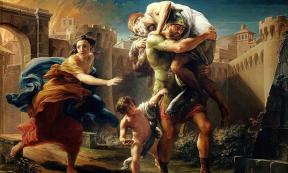History
From the powerful civilizations of Egypt, Mesopotamia, and the Indus Valley, to the fearsome yet sophisticated society of the Vikings, the ancient world was a surprising and challenging place. Here we feature some of the most seminal and influential events and people throughout history, that have helped shape the world we know today.







































